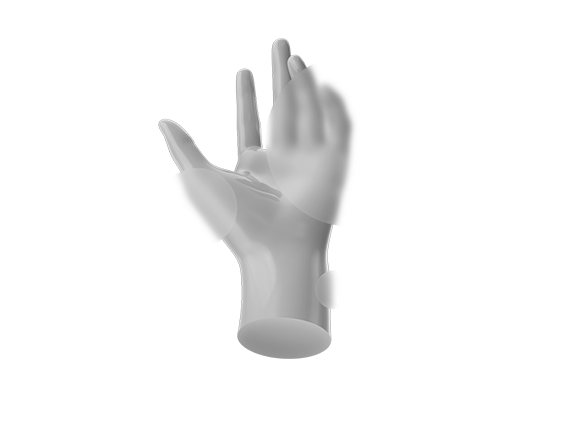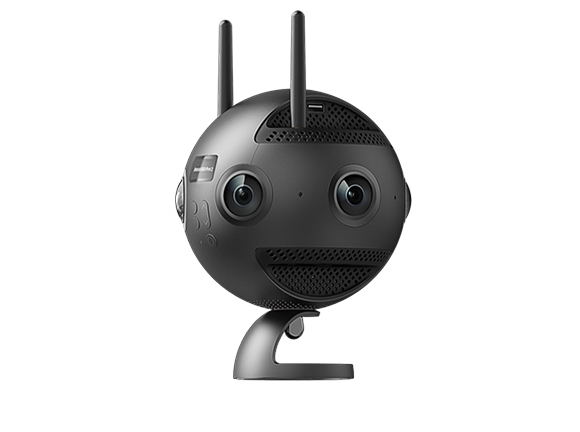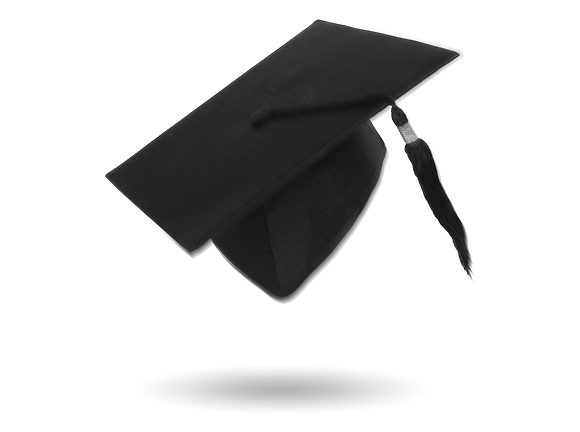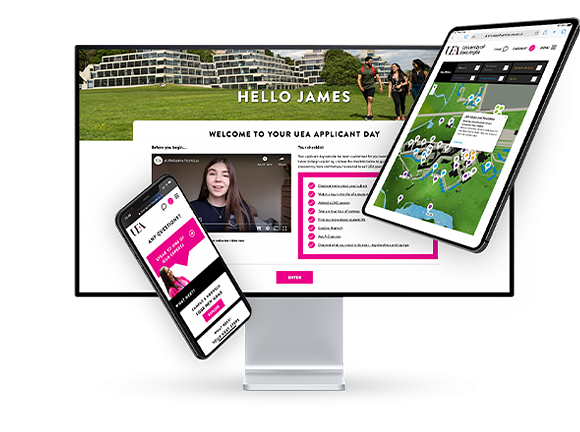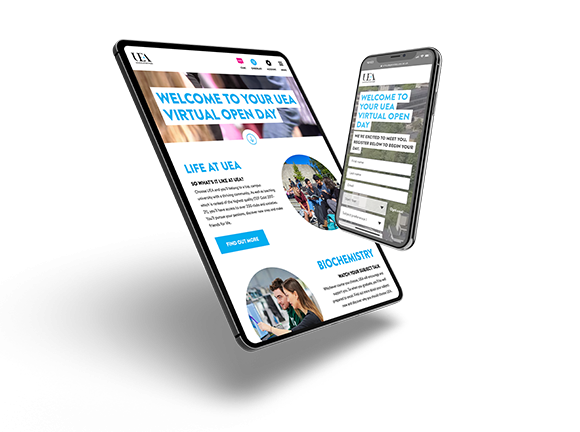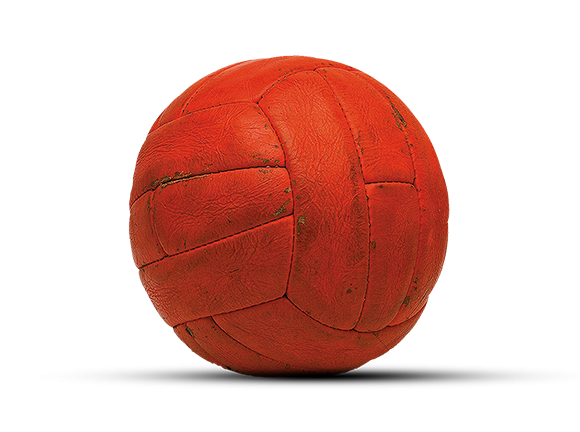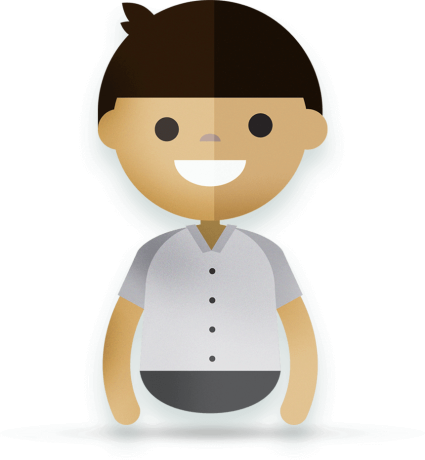Exploring the life-changing potential of VR
The Task
As part of their research, the University of Essex were looking to procure funding for the creation of a tool to assist people living with vision impairment. As part of this process, they needed a proof of concept to test and show the potential of the study – and they came to us for support. We were tasked with building a VR tool that could replace the missing area of sight for people with visual field loss, such as a blindspot. So we set to work creating an innovative solution that used Pico VR headsets and a tablet configurator to prove that XR can be used to give a complete field of view to those living with impaired vision.
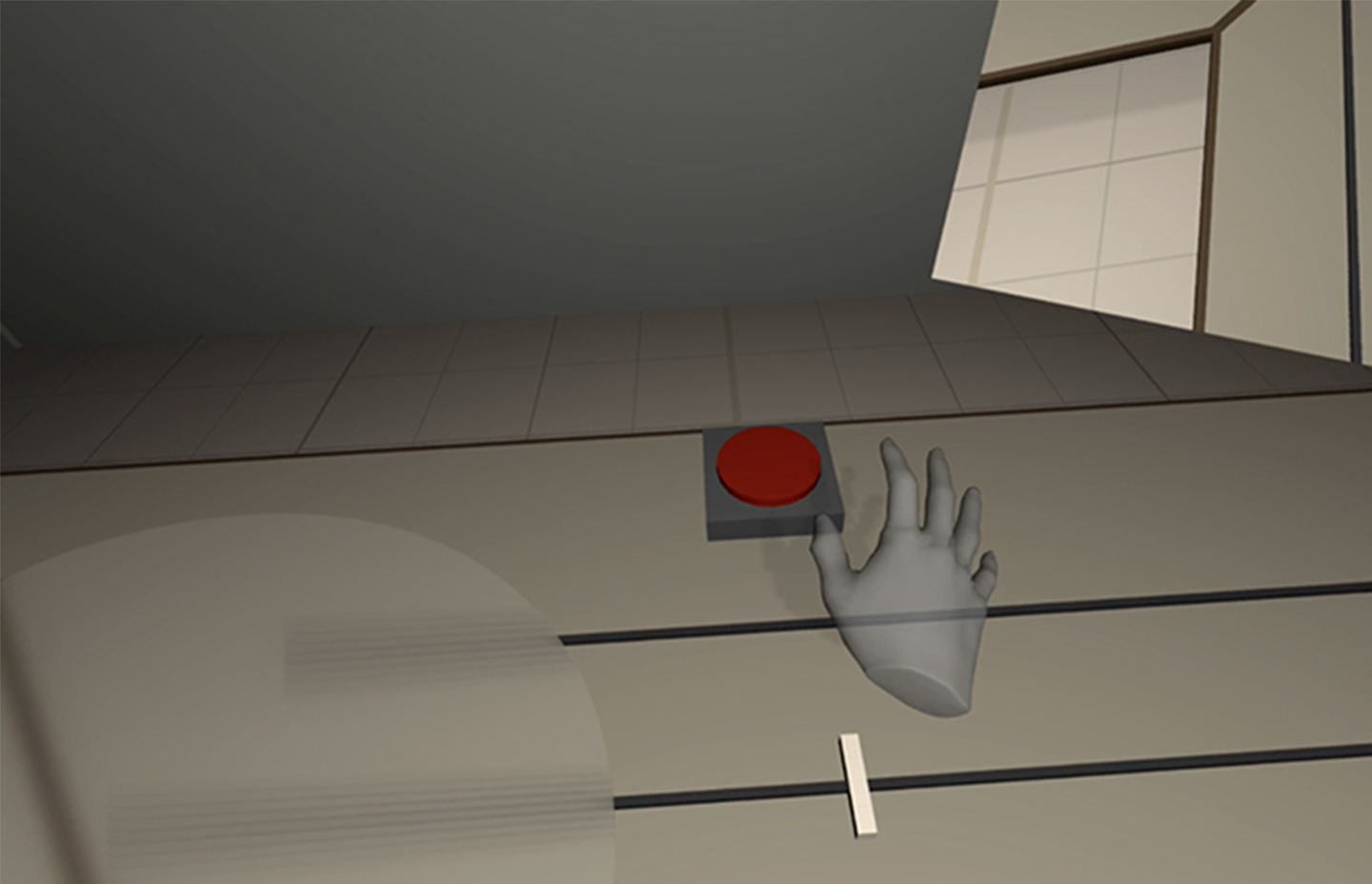
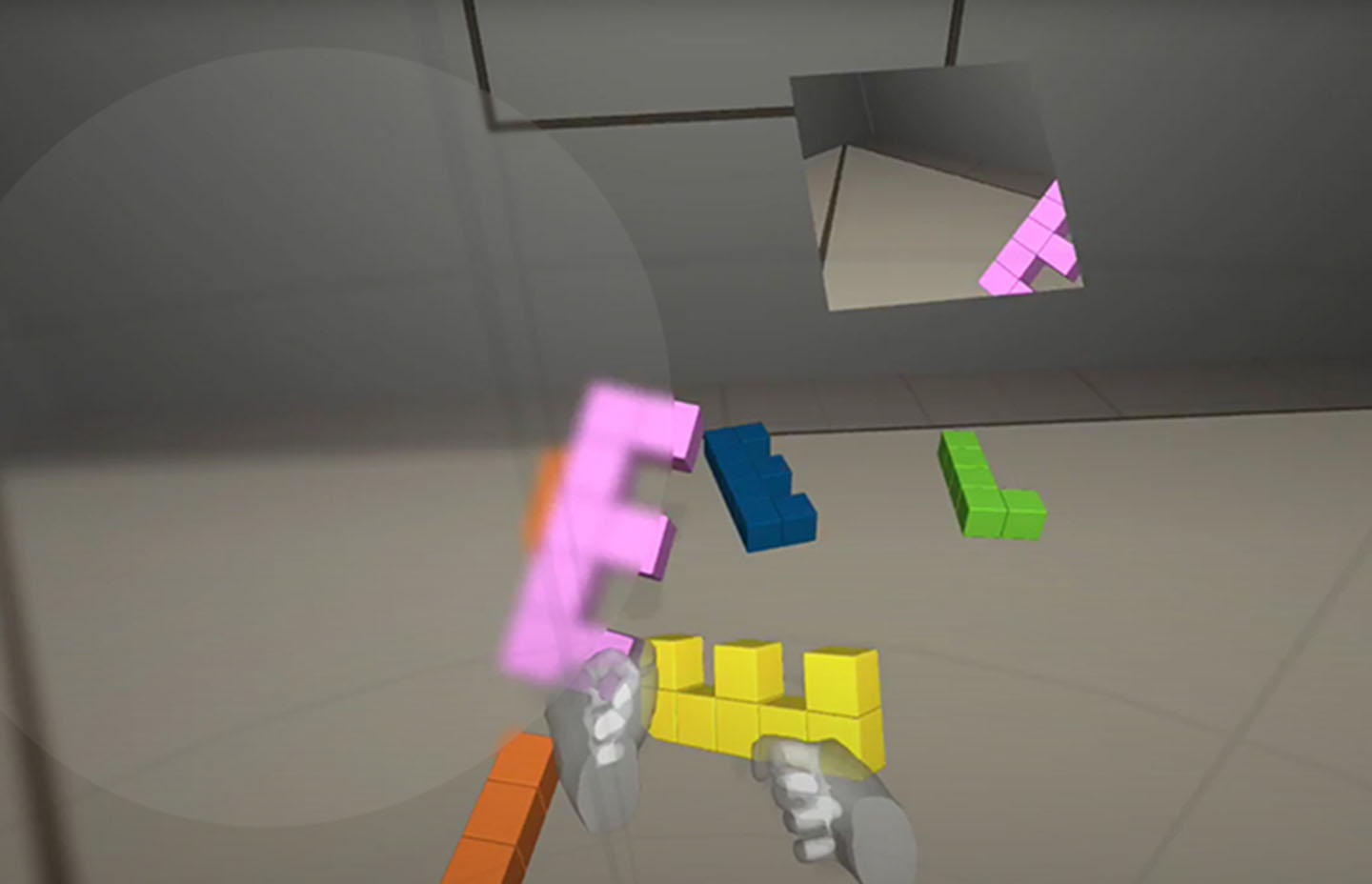
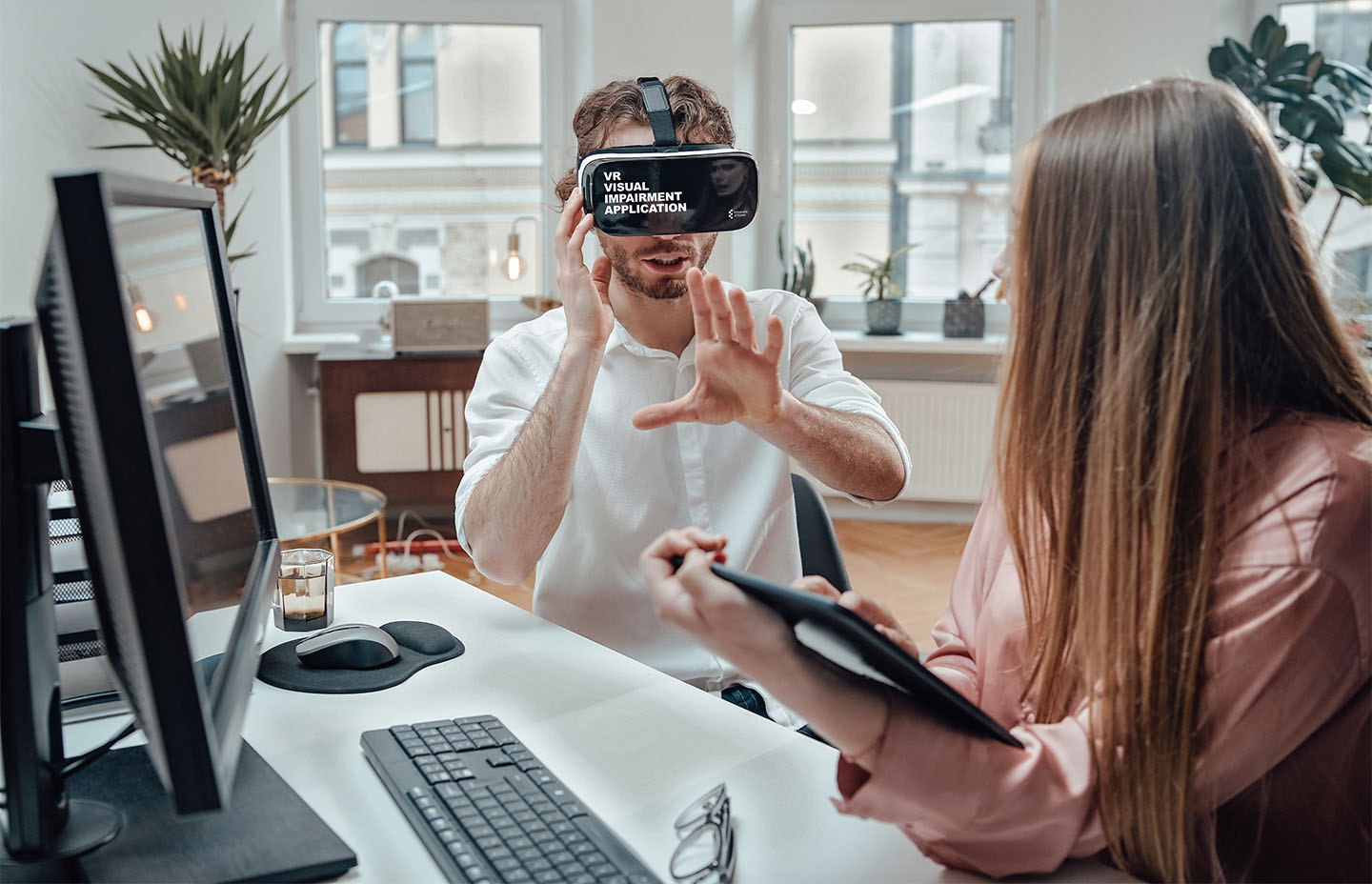
The Process
The tool works by replicating the user’s blindspot within the headset, using a configurator app on a companion tablet. The experience uses eye tracking to ensure that the blindspot remains locked to the movements of the eye to accurately match their real-world vision. The tool then creates a heads up display (HUD) that live-streams a feed of the area they cannot see into an area where their vision is clear. The HUD, referred to as the visual cue, can be scaled and positioned to make sure it’s in the optimum position for the user. This provided a simple-to-use but effective tool to allow researchers to set up trials across various visual conditions and test to what extent this type of visual cue would be useful for people with visual field loss, including testing against those with ‘normal’ vision.
The tool offered two tests: a shape task and a line task. In the first, the user had to assemble building blocks to create a target shape and in the second, they must find and mark the centre of a line. We built and modelled an interactive CGI environment and programmed the tool to assess the user on their speed and accuracy in completing the tasks, which would help the researchers determine how effective the visual cue actually is. To this end, we chose headsets that offered eye-tracking in order to record exactly how often the user used the visual cue and transmitted all of the collected the data to a bespoke web portal built just for this study, from which the researchers could download the results.
Originally scoped for in-person testing, we adapted the builds of the VR tool during the pandemic to enable socially-distanced remote testing, where researchers could build the trial on one tablet to be copied onto another (using password protection to ensure the results could not be tampered with) and post the set-up equipment out to users. Once the user had received their equipment, all they had to do was calibrate the headset and launch the experience, with researchers still able to receive results via the web portal.
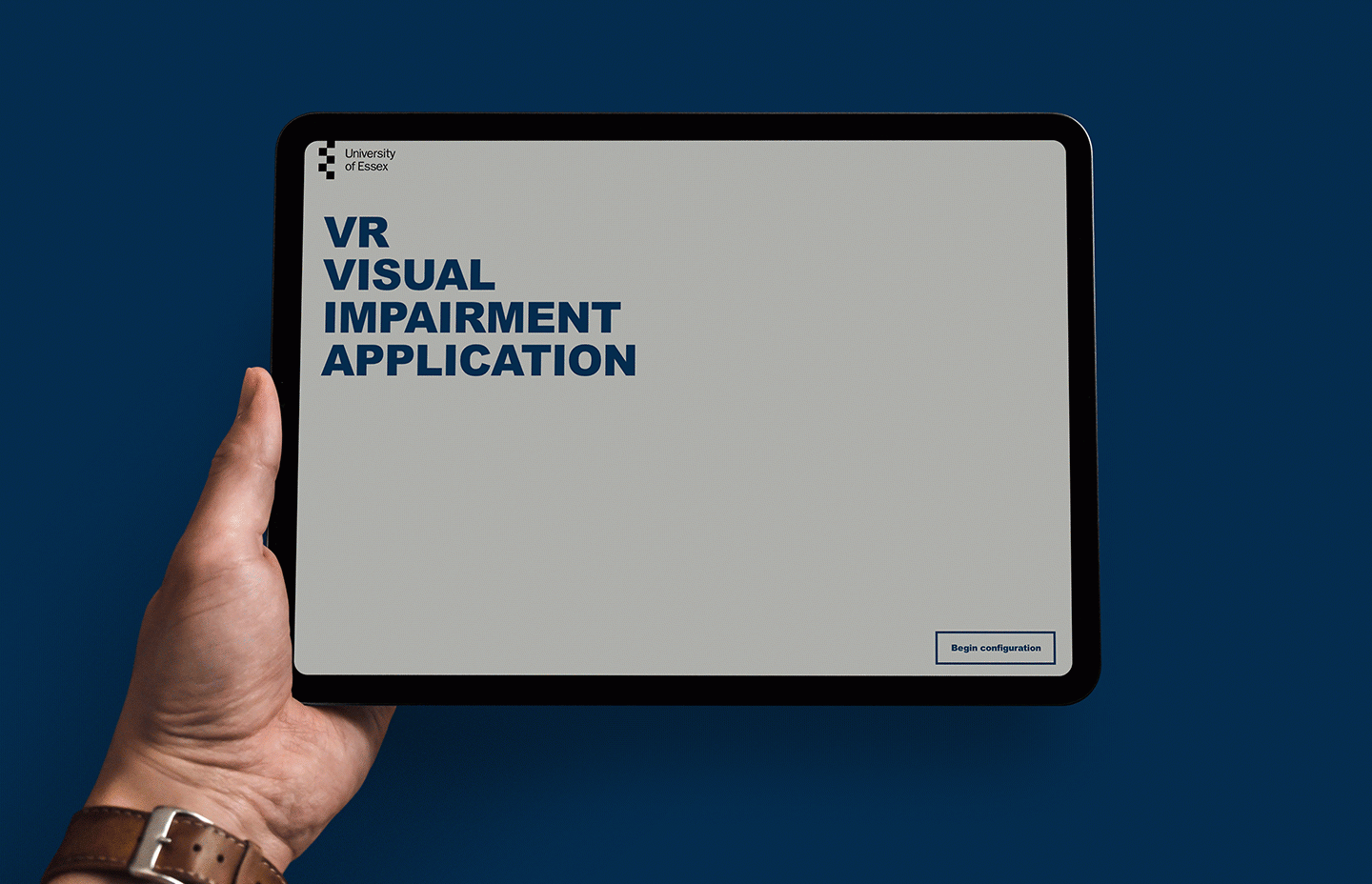
Do you have a message you want to convey? A situation that needs simulating, or an audience that needs reaching? Whatever your challenge – we have the ideas, the experience, and the equipment to help.
